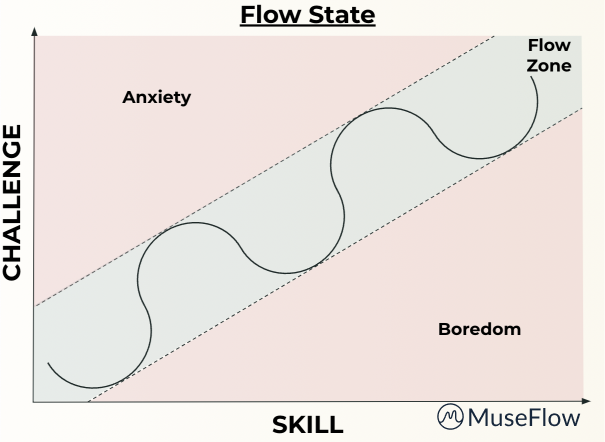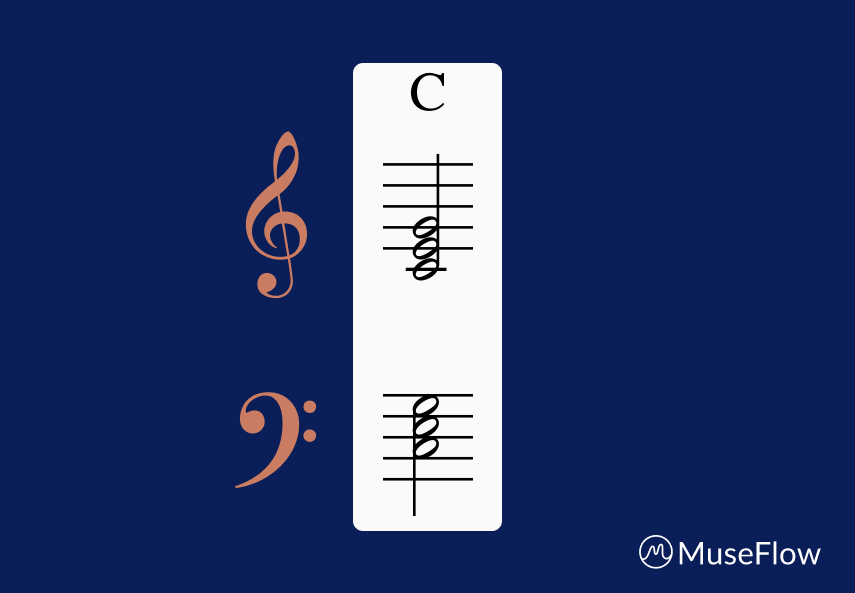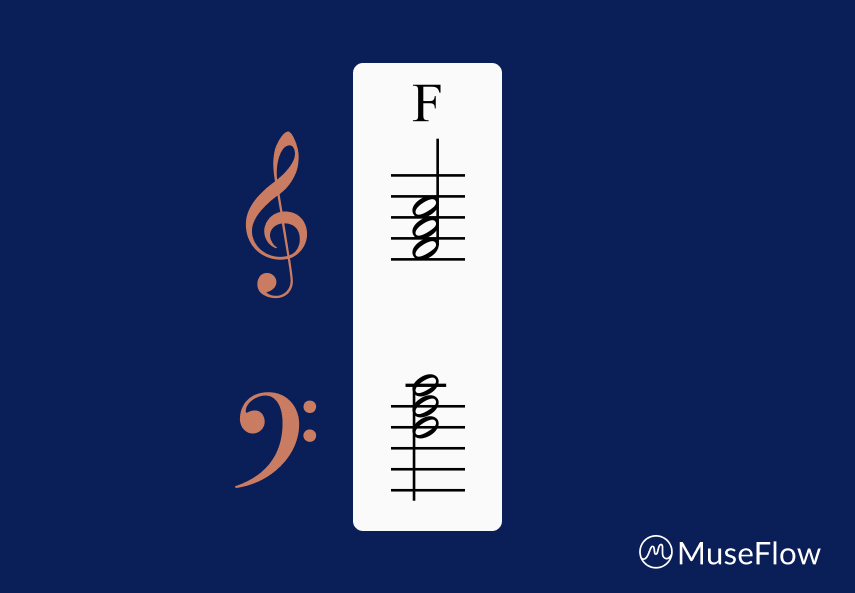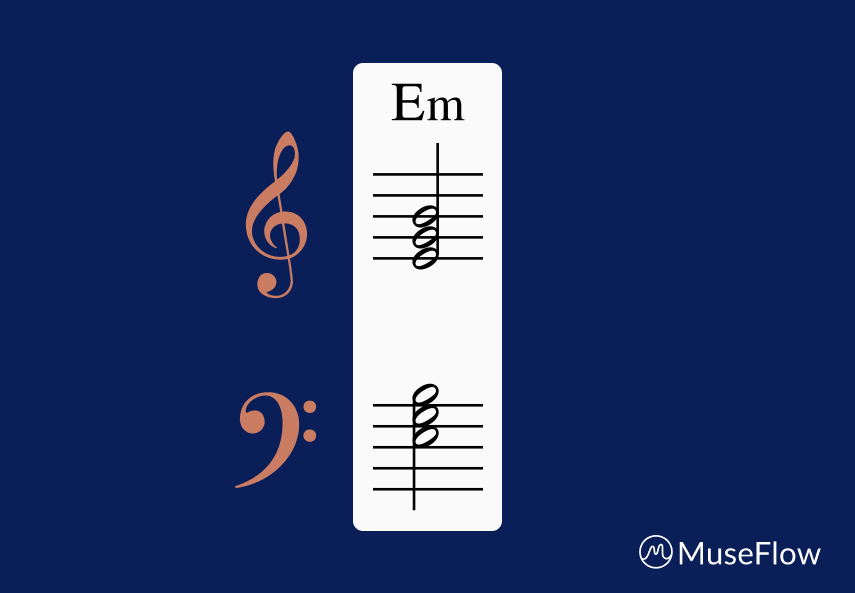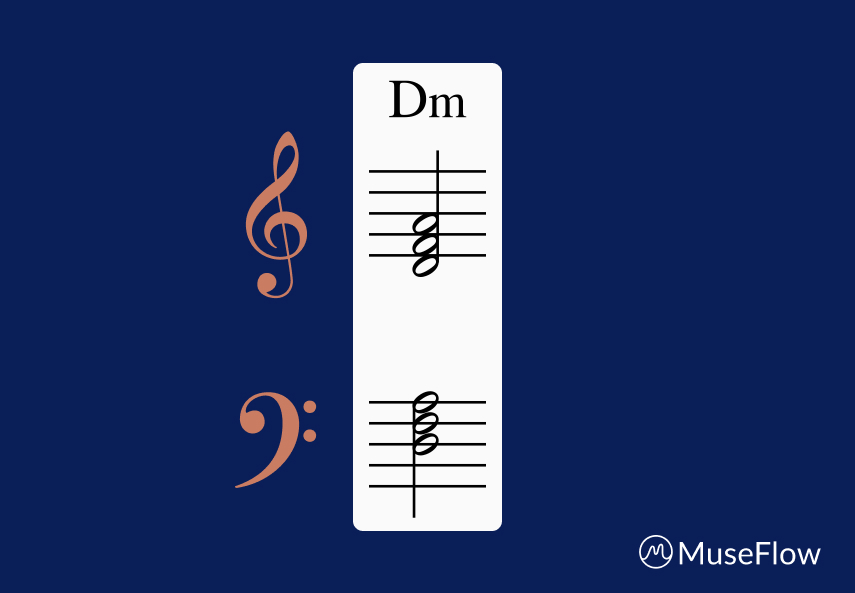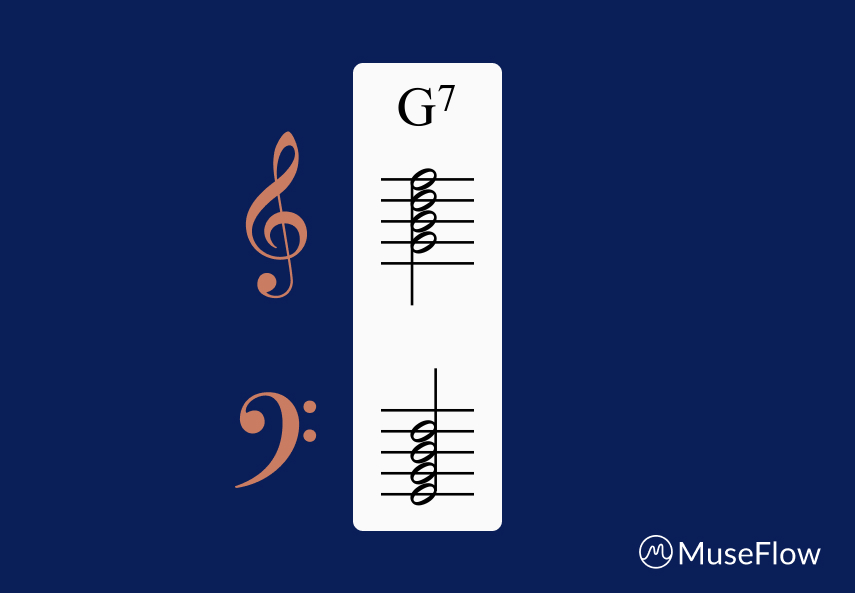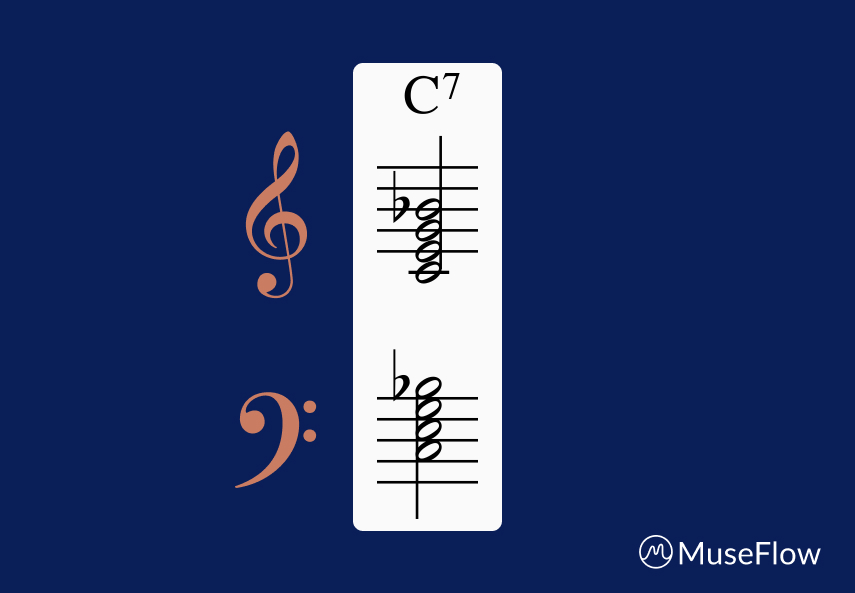Which Piano App is Best for Beginners?Why MuseFlow is #1
There are many piano education apps that are okay for beginners. But one rises to the top and takes them to the next level. MuseFlow, with two key factors, changes the game. Below, we’ll discuss the two factors that have revolutionized music education apps and makes MuseFlow the answer to the question “which piano app is best for beginners?”

MuseFlow Optimizes for Flow State
All of the other piano apps have real-time feedback, most have error recognition, some have audio recognition, and even less have an in-app curriculum, but MuseFlow stands out for beginners because it optimizes for flow state. Along with checking off all the boxes for the above qualifications, MuseFlow teaches through gamified sight reading - the act of reading music at first sight. No other apps do this, and that’s because they’re stuck in the old ways of teaching. MuseFlow teaches you a new skill (a new note or rhythm), then gives you music you’ve never seen before and that never repeats. You play that music until you get 95% accuracy over the course of 4 phrases, and by doing so, you’ve successfully mastered that new skill!

This type of learning encourages flow state in music performance and practice, and is especially crucial in early education. It’s that groove you feel when you lose track of time and want to continue doing that activity ad infinitum. No other music education app does this. Partially because they were created before the advent of generative AI, but also because they didn’t know it was possible to learn this way!
Katherine from Toronto, one of MuseFlow’s users, says it’s the “most fun [she’s] every had learning to play the piano”! This is because flow state promotes enjoyment of the beginner’s learning process. Who wants to practice piano and have it be boring!? With MuseFlow, it won’t ever be.

MuseFlow Uses Integrated AI
Some apps use AI as a catch phrase to get you to use it. But MuseFlow uses it as the bedrock of its curriculum.
It uses generative AI to create sheet music that suits your current skill level. There are 26 levels in the first unit ranging from 1 note, 2 hands, 3 rhythms, and one note at a time, to 14 notes, 2 hands, 4 rhythms, 2 notes at a time, and a myriad of skills needed to be able to play those notes together and in proper succession. MuseFlow, the piano app that’s built to teach beginners, is able to build your skills from the ground up this way. By giving you music that never repeats, you are able to apply those micro skills to the myriad of musical contexts you already know (even if it’s just one note!), so you’re not locked into learning that new skill in song form. Then, once you’ve mastered that new skill, you can apply it to songs that get unlocked in the repertoire section of the app.
This method is exactly what beginners need in their learning journey because it allows you to build your skills in succession with much more fluency. MuseFlow’s cofounders talk about the floor of ones ability vs the ceiling of ones ability. The floor is what you’re fluent in - what you can play without any practice. And the ceiling is what you can play with an indefinite amount of practice. When the gap between the two widens, the enjoyment of what you’re playing decreases. This is because it takes you longer to learn to play songs that are at a lower level, thus, making it less fun to learn because you’re simply focused on the technique of playing each note, where you should be focused on how you’re playing each note.

MuseFlow raises the floor so that your enjoyment of playing increases. Ultimately leading to a stronger foundation for beginner piano students.
Conclusion
Given that MuseFlow optimizes for flow state and uses integrated AI so imbedded within its curriculum, it’s a clear winner for the best piano apps that teach piano to beginners. Music is a language. We use it to express ourselves. MuseFlow raises the floor of your ability so that your fluency is closer to your reading level of any language. When you become fluent, you can then start to express yourself. And that’s where the fun begins 🙂
.svg)

